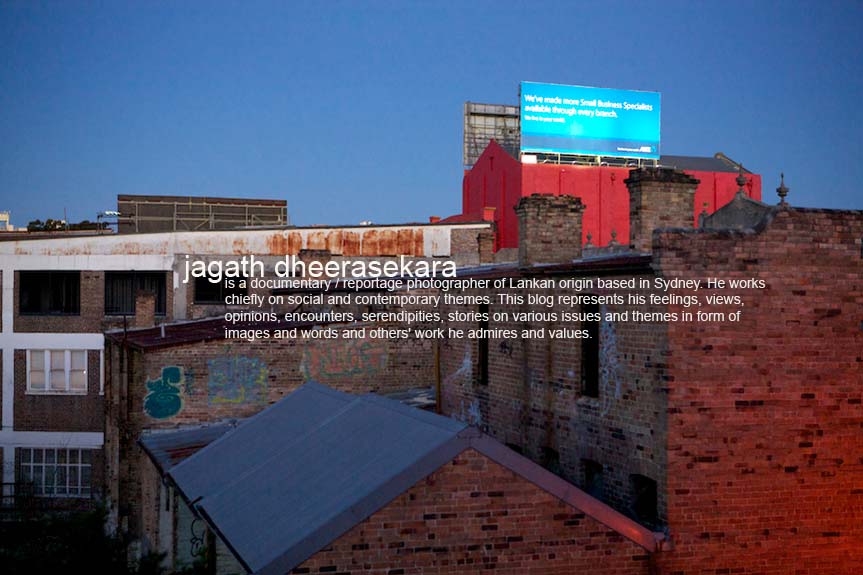
We met them on Diyabeduma Road (Giritale). A family of four. Nimal Ratnayake (47) wanted me to publicise his grievance if possible. I am doing it. He is a squatter and came to the plot of land where he lives with his family on May 31st of 1987. He was a landless peasant. His piece of land borders Giritale forest reservation. There are several families like theirs occupying and eking out a living in the adjacent lands. Nimal got married to Piyaseeli Menika (48) in 1990. Then came Sumith (16) and Muditha (6), two sons to their lives. Both are schooling. Nimal was a watcher at the Divisional Secretariat and had been working there for seven years. He was about to be made permanent. There came Divisional Secretariat elections. Just after the elections he was sacked from the job for failing to support the winning candidate. That was a disastrous blow. Their dream of completing the construction of a little house stopped and the evidence is there to be seen in the half completed house. The bricks bought were sold to make ends meet. A mound of sand still lies idling. Their dream of supporting the elder son in his ordinary level examination could not be realised and the only extra class he attends now is the Dhamma school on Sunday. He faces the O/Ls in December this year. “There are times we have had to skip meals. When I see kids go hungry I could do anything in taking revenge for what was done to me….” said Nimal. He admits that a reaction like that would only be an extremely self defeating act. Yet in such instances, emotions, he says can be difficult to rope in. He tries to find some work on a daily basis, which also is no easy task. They cultivate the land during rains.


Nimal’s vacancy was immediately filled by the Divisional Secretariat by a man who was already holding another post in a government institution itself. Nimal has successfully challenged that appointment and the Public Service Commission has rescinded the appointment. However, Nimal has not been reinstated saying that there are no vacancies. The level of corruption in such institutions, which never comes to light and therefore flourishes with still more vigour, occurs at a level where it involves not only money but also the day to day lives of the people of the area.
Nimal has approached human rights organisations and legal aid groups in seeking redress. Some help has been offered. However, it has not been all rosy in this respect as well. One legal aid group had asked him “if you loose in courts, do you have money to pay compensation”. He was dumb founded. None of the avenues available holds out certain promise. However, he still has hope. He and his wife hope that Nimal will be reinstated and a permit issued to them to live in the land they have tilled for almost two decades. Theirs are not dreams in the usual sense we perceive. Their dreams are born of sheer necessity.
Nimal’s story is just one. One of many thousands probably. Rural poverty. Landlessness. All take their toll on our people. Is it different from Leonard Woolf’s “Village in the jungle”?.




















